
@fancy.fashionable
Hermès. It’s the metric by which many measure all other luxury goods. That’s why the “Holy Grail Bag” so often refers to the classic Birkin (read: The Hermes Birkin – The Ultimate Holy Grail Bag). In the post industrial age, where mass-production is the norm that keeps our days moving like clockwork, Hermès pitches itself as the keeper of the old school.
Although the company expands its global reach with over 300 stores worldwide, it claims to maintain its craftsmanship model, true to its foundational values. Recent years have seen its commitment to increasing supply of leather goods with the addition of several new production facilities and training new artisans.

@sloanestyle_
Production
Hermès essentially conceives each product as a work of art. Created by one artisan. There is no assembly line for production. The 48 hours it takes to create a Birkin, for example, is done by one person, start to finish, using his/her own personal tools. The company’s silks – an entry point purchase for many and an obsession for many more – are similarly a long-term labor. According to Hermès, each one of its silks (and there are about 20 per year) takes 2 years on average to complete, as they review proposed sketches from outside illustrators and artists.
With the millennial generation in favor of artisanal goods over mass production, Hermès obviously hopes its craftsmanship model will appeal to young consumers appreciative of the hard work that goes into each item.
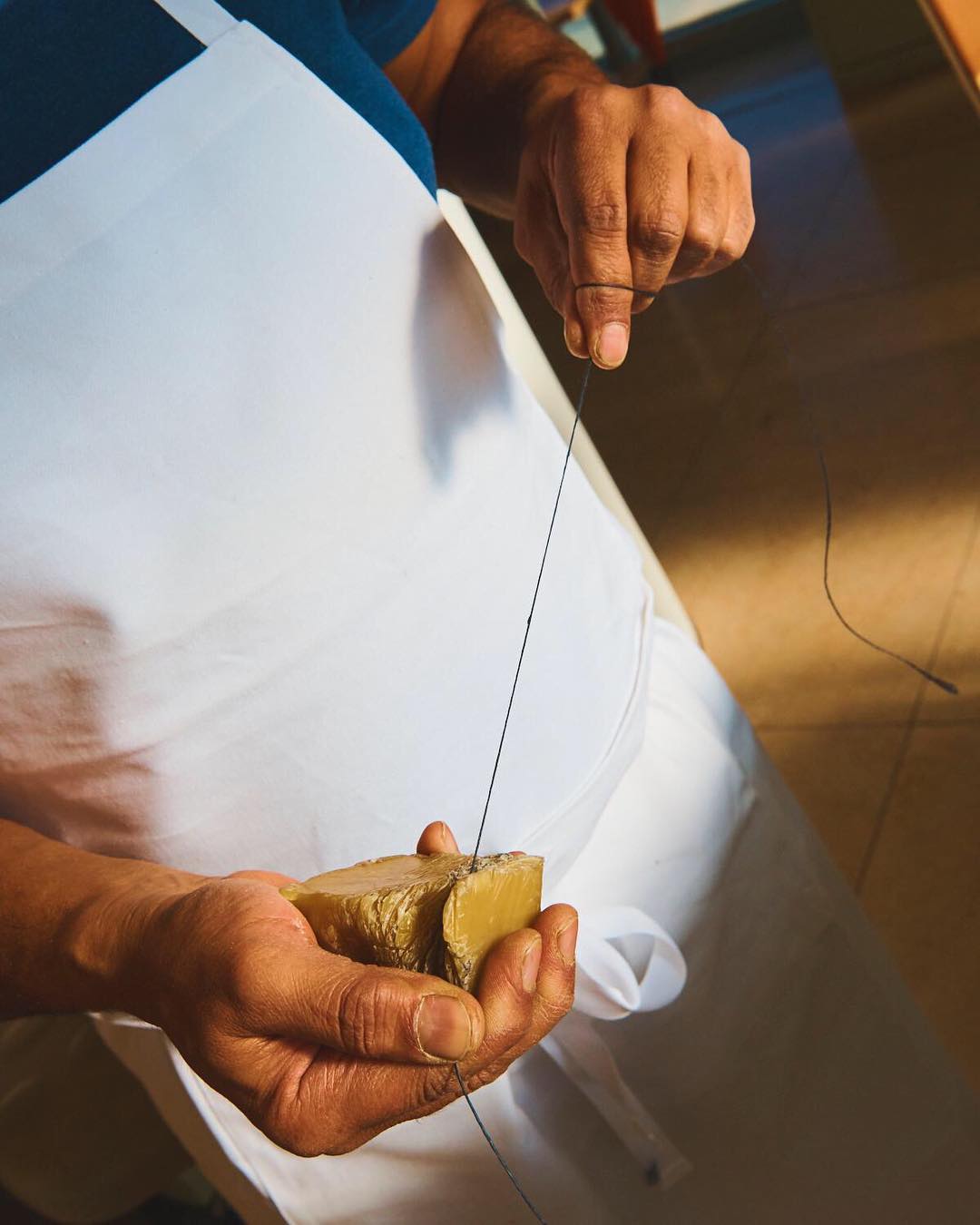
artisan coating thread with beeswax courtesy @hermes
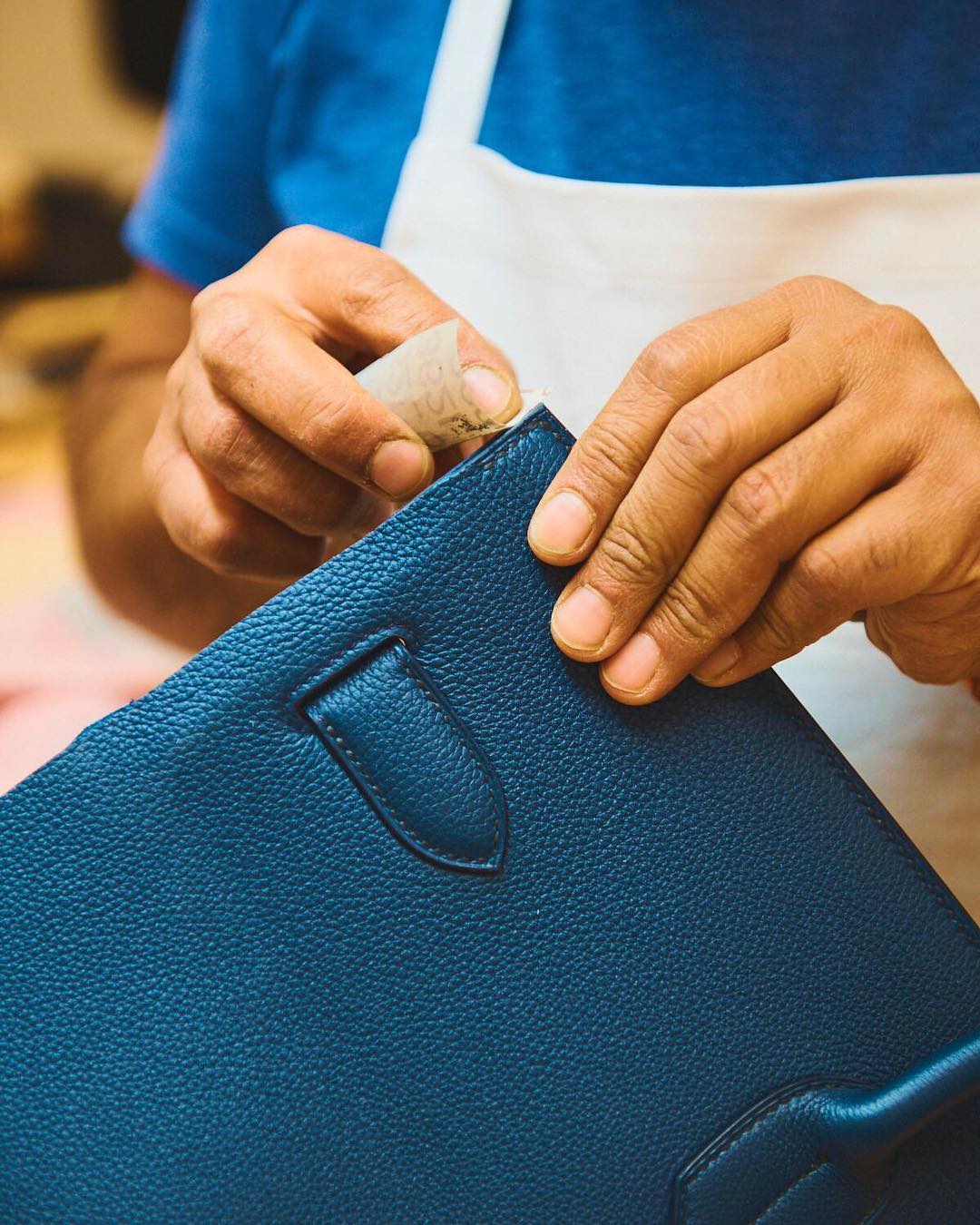
artisan softening leather edges courtesy @hermes
Hermès has structured its network of artisans like that of a craft guild. These workers undergo over a year of in house training before apprenticing under the watchful eye of tutors. The brand also divides up its ateliers to be specific to a craft and fairly independent. Your leather handbag is not made at the same place as the newest silk.
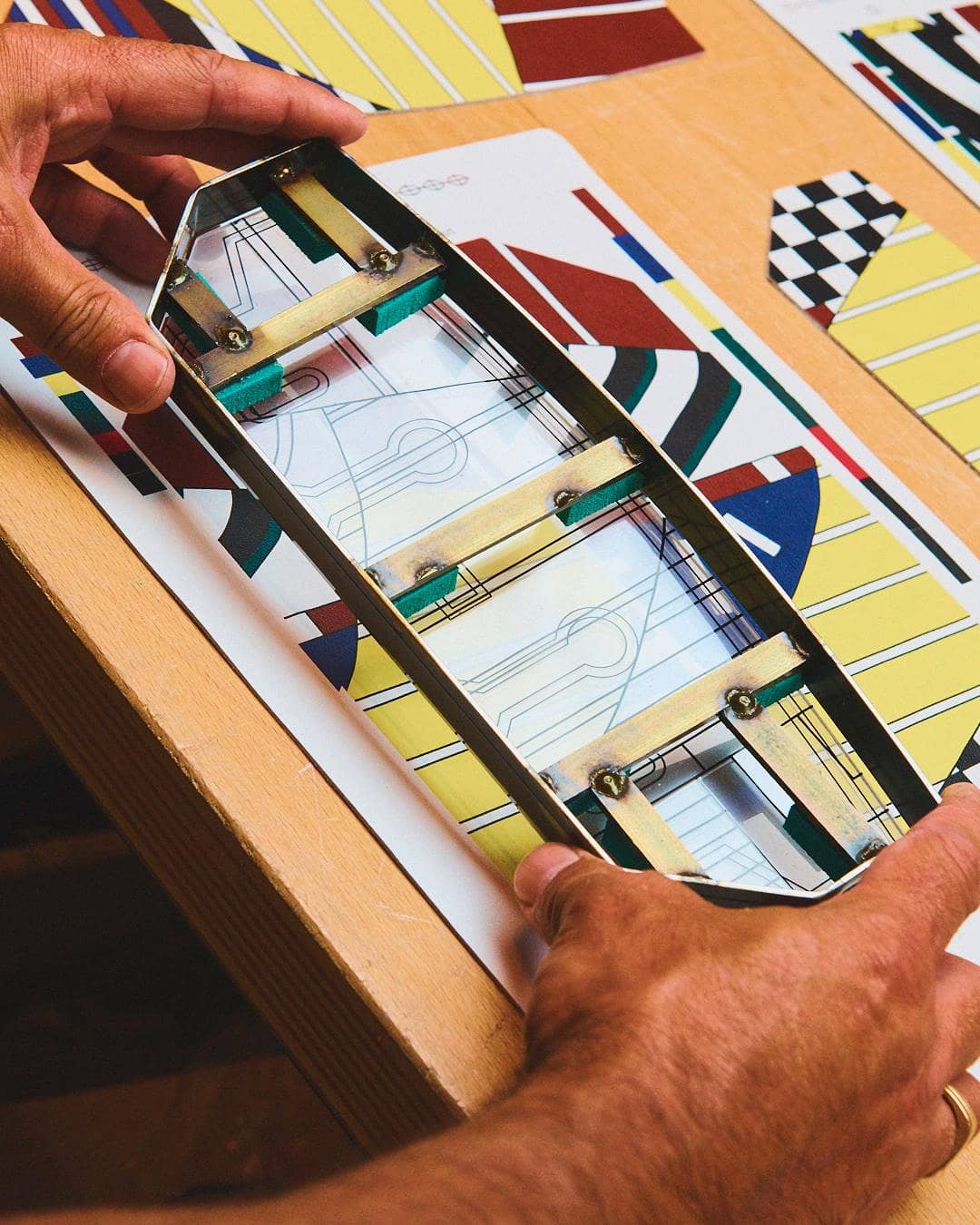
artisan crafting bag @hermes
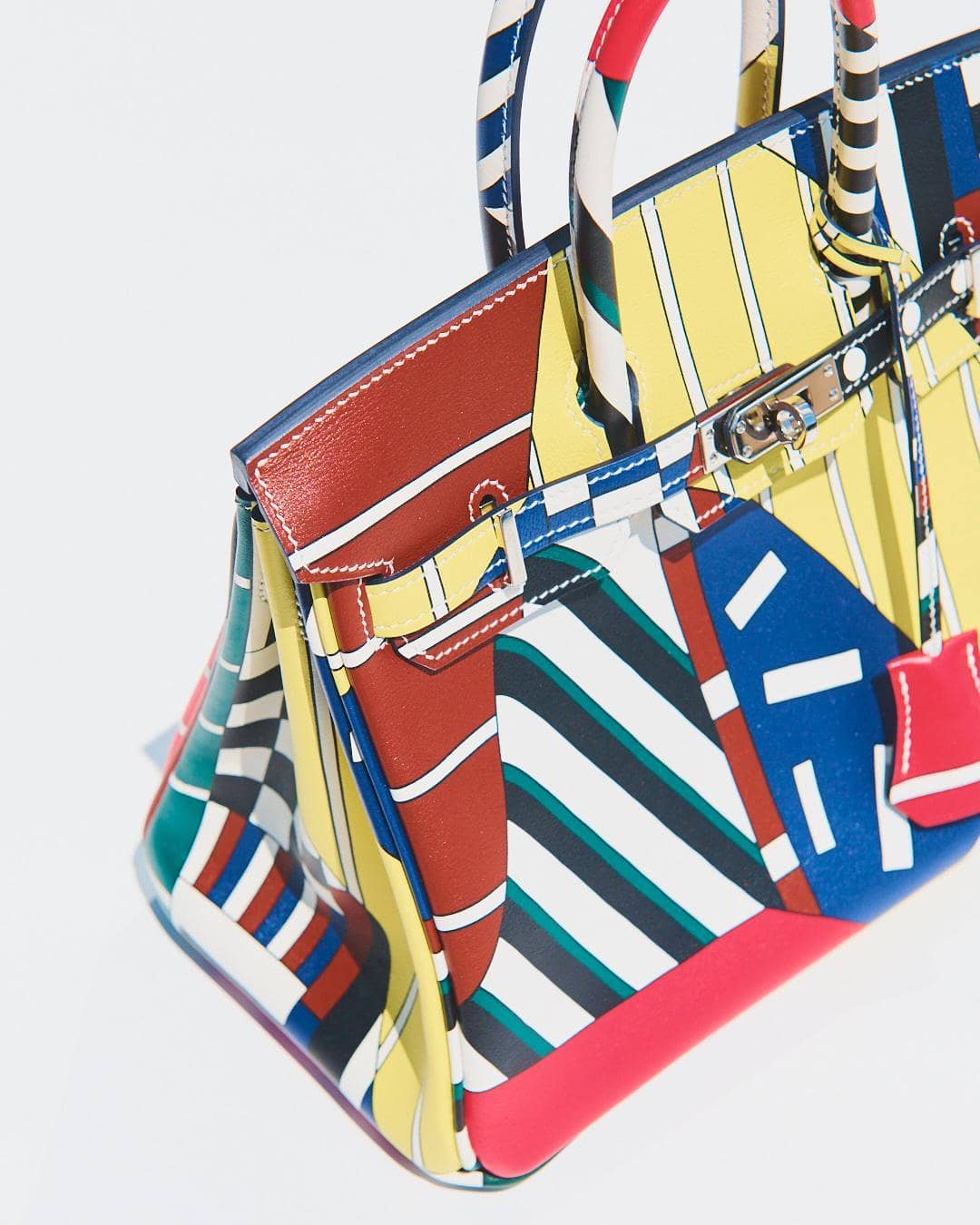
the finished product @hermes
This allows each artisan to work with a bag from first stitch to finished product. Additionally, the artisans apply their individual stamp, with its own serial number. This stamp’s placement has moved around, but it always exists to ensure authenticity. (read: Hermès Moves the Blind Stamp). Because of this, if a bag is damaged, the owner can send it for repairs to the very artisan that made it.
Naturally, this process takes time and resources. Therefore, Hermès deals in vertical integration, having a hand in almost every step of the process. The brand even owns its own alligator farms for raw material.

@bagaholicmom
Legacy
It doesn’t hurt that Hermès has remained in the family. The company is on its sixth generation of leaders that continue to emphasize that craftsmanship is just as important as the design. In a world where trends fade so rapidly that brands trip over themselves to produce the latest style, Hermès takes a stand. The house believes well-crafted goods made with care from excellent materials will always be timeless.
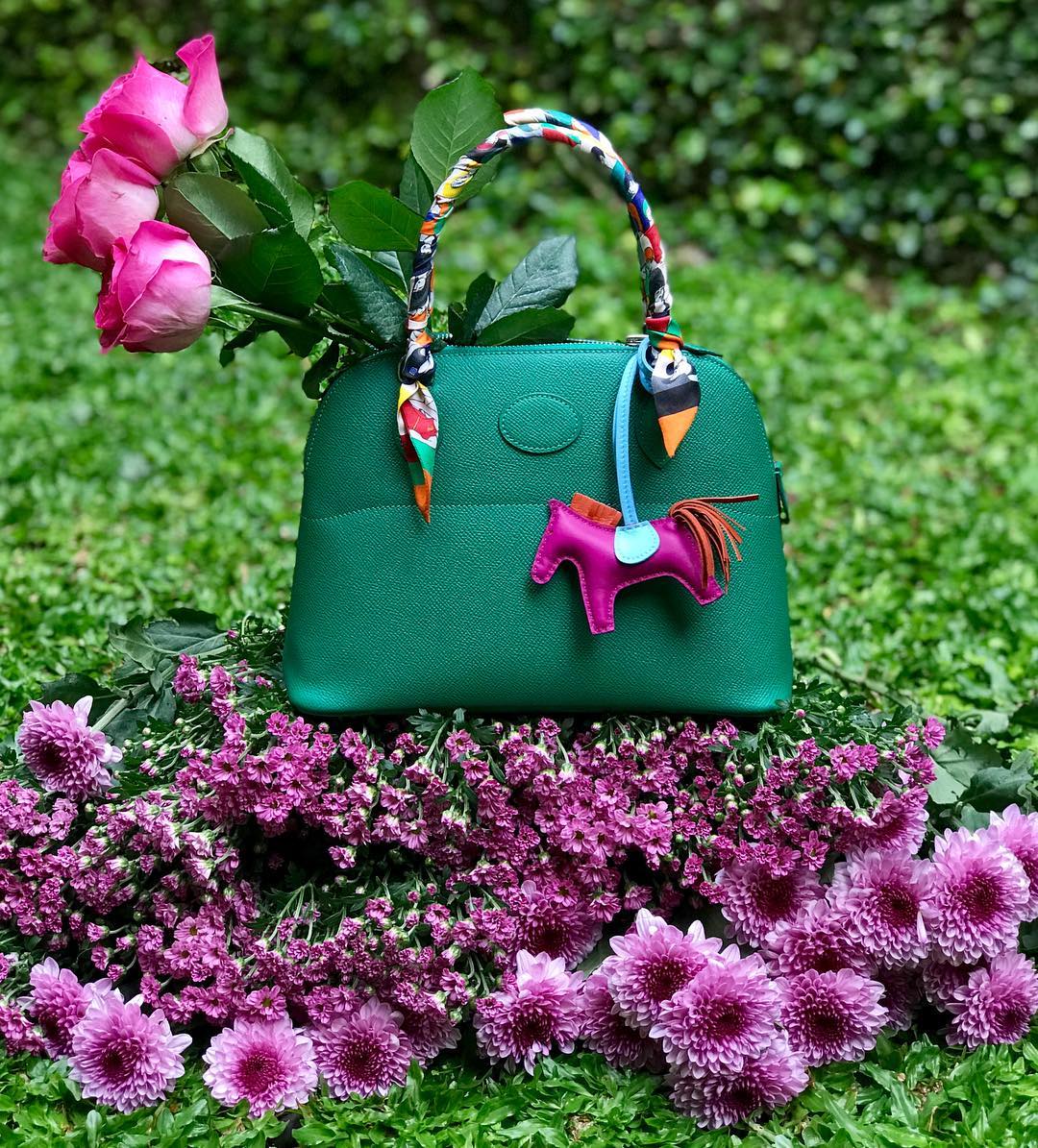
@ratnahilton

@pretty_purses
Whether Hermès’ dedication to craftsmanship resounds with younger customers remains to be seen. Clearly, this strategy drives up cost and exclusivity. With a population coming of age that is accustomed to “buy it now” and yet reluctant to spend on big ticket items, it poses a dilemma for any luxury house.
What do you think? Will this old-school craftsmanship model continue to work for Hermès? Is that what draws you to the brand? Or something else? Let us know.
Love PurseBop,
XO
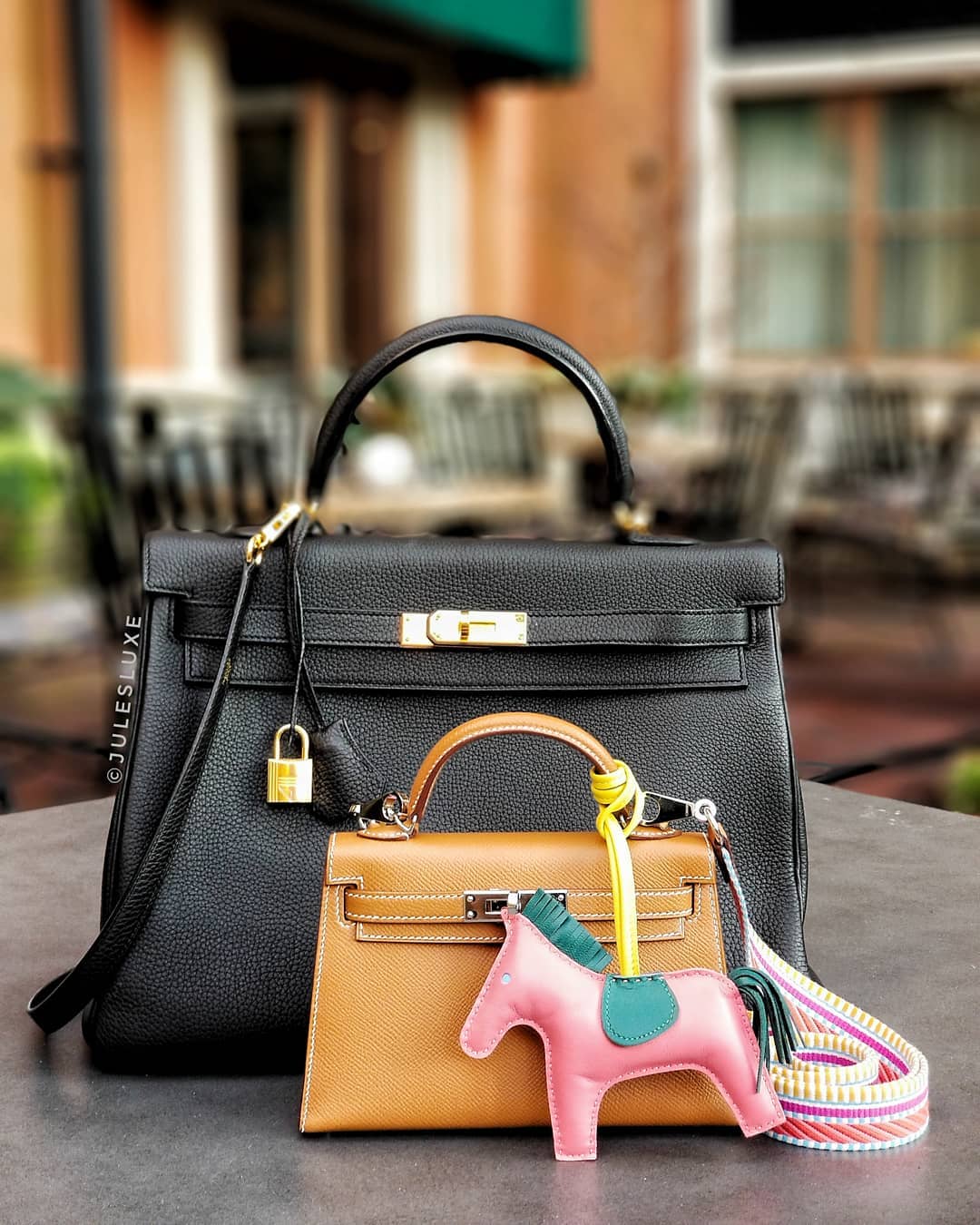
@julesluxe
Updated: February 24th, 2019










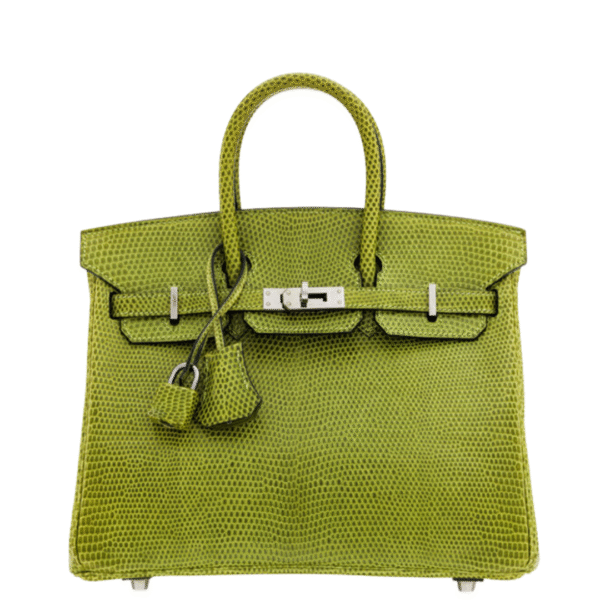



Comments